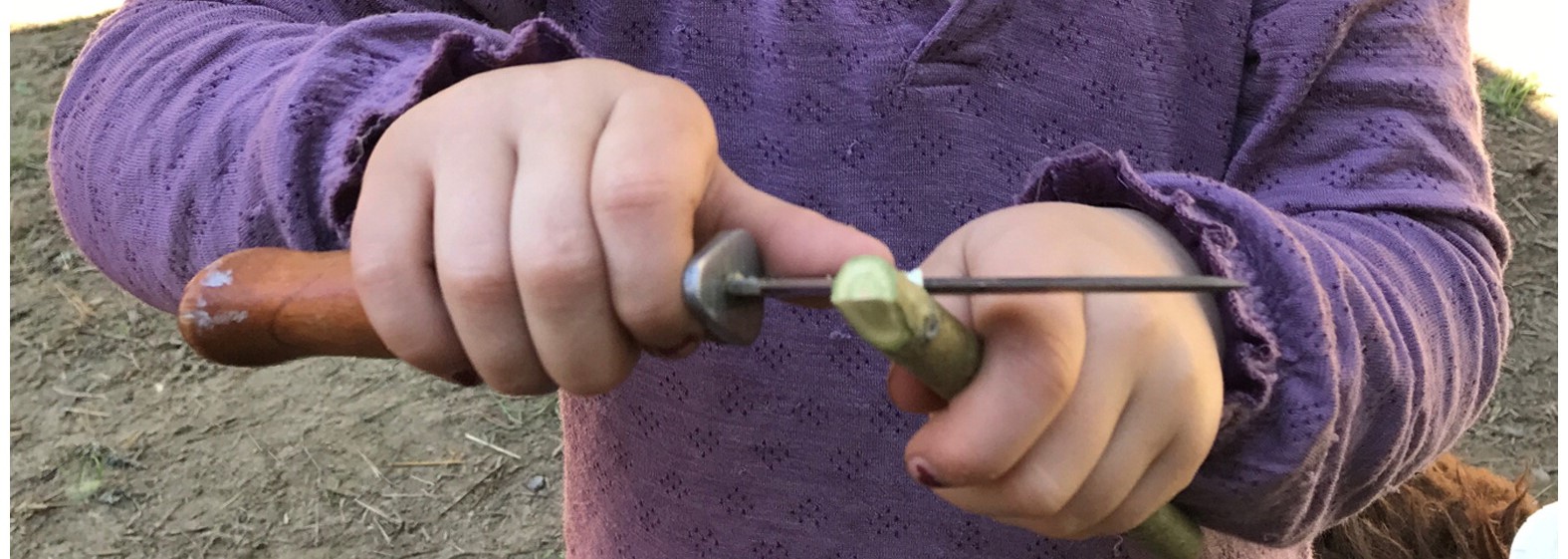Abstract
New knowledge on cognition and learning generated in the various fields of neuroscience is now being incorporated into the learning sciences. This development might have broad significance for the theoretical development of the field of education, in particular leading to a renewed and more nuanced understanding of learning as an embodied process. The Nordic countries have a long and rich tradition of including arts and crafts as core subjects in children’s education; however, there is an ongoing discussion of its potential role in the twenty-first century. The new knowledge on cognition and learning opens up new vistas on practical-aesthetic “making” activities in the general education of children. This article establishes a theoretical lens of embodied learning as an operational translational framework for questioning the assumption that “making matters” and uses it as a tentative analytical tool to unpack an example of making activities.
Keywords: making, arts education, neuroscience, learning sciences, translational work, interdisciplinarity
Author information
Marte S. Gulliksen PhD is a researcher and teacher at University College of Southeast Norway, Campus Notodden. She leads the research group Embodied Making and Learning, an interdisciplinary initiative with more than thirty members across three departments. Marte’s top expertise is on “embodied making and learning”, “arts and craft as sociocultural practice” and “culture education”. Coming from a background of teacher education, music and craft, her interdisciplinary research interest has led her to implementing neuroscientific knowledge in her studies of learning and making, and exploring the epistemological and methodological challenges this entails. Currently, she is leading an international group of researchers in such an interdisciplinary study of embodied learning, developed partly through her previous experience as Guest Professor at Iceland University (2013–2016) and as member of the Human Ingenuity Research Group at Western University, Canada. This article is a part of the conceptual framework for this current study.
